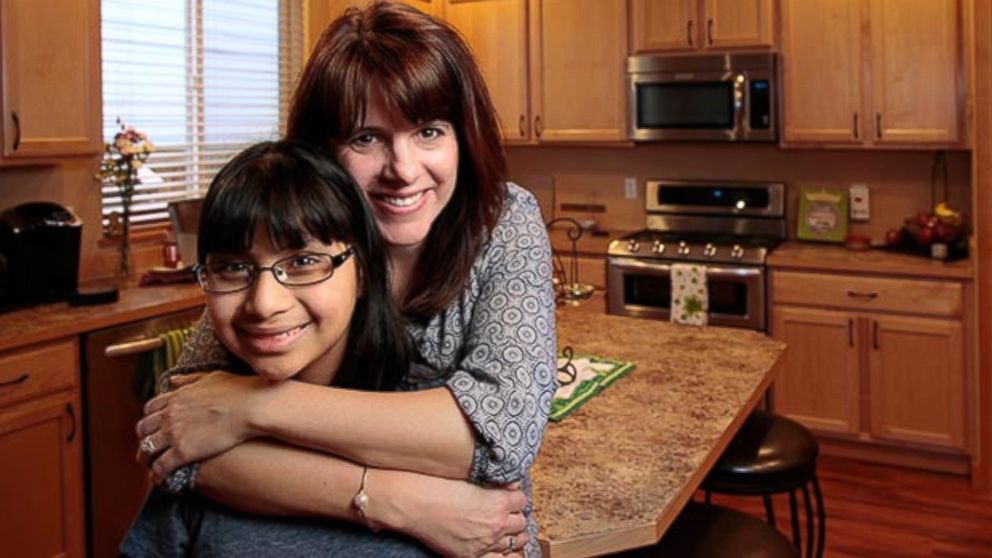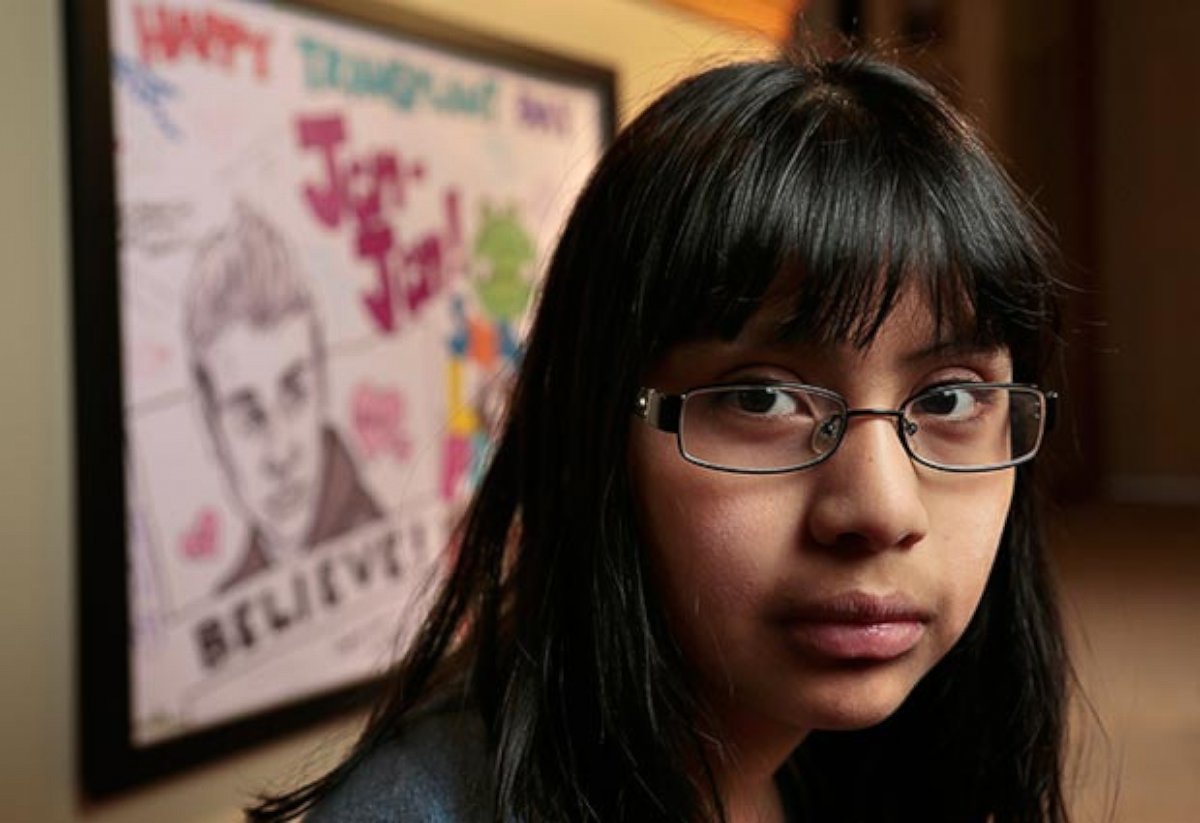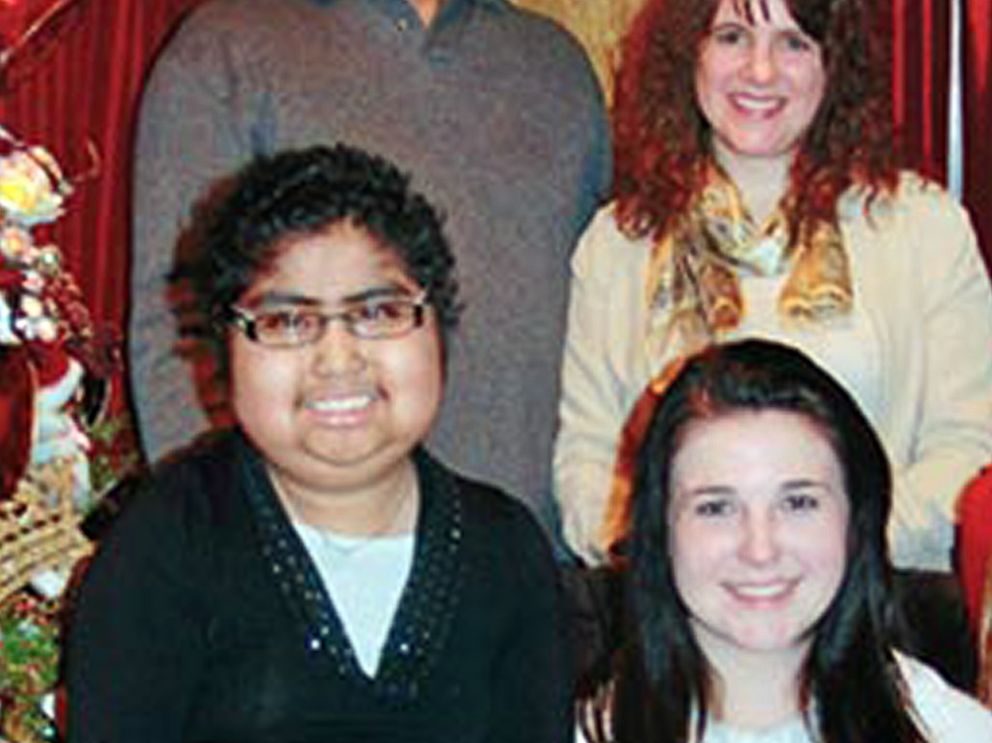Girl With High-Risk Leukemia Saved With Stem Cells From Umbilical Cord Donation
Jenna Gibson was 9 when she was diagnosed with high-risk leukemia.

— -- A Washington girl is celebrating being cancer-free after she was diagnosed with high-risk leukemia at just 9 years old. When doctors failed to find a traditional bone marrow or stem cell donor for transplant, they turned to stem cells taken from donated umbilical cords to try and save her life.
Jenna Gibson, now 12, kept catching colds and feeling sick when her mother took her to her pediatrician, who was immediately concerned.
"I’ll never forget these words," recalled Gibson. "Our doctor knew her and...she turned around and looked at Jenna and said, 'You don’t look well."
After a battery of tests and blood work, Gibson said Jenna's pediatrician told them to go straight to the Emergency Room at Seattle Children's Hospital. Jenna was diagnosed with acute myeloid leukemia and almost immediately put into chemotherapy.
"You don’t go home with this type of leukemia, it doesn't work that way," said Gibson. "The chemo they use on the body takes away your immune system."

For over a month Jenna had to stay at the hospital with the family hoping that tests after her first treatment would show that the medication was working. But a month after she arrived, doctors told the family that Jenna had enough cancer cells remaining to make her high risk. She would need a bone marrow transplant to survive.
Gibson said the family was terrified because Jenna was adopted and there was little chance a sibling or family member could help her with a transplant.
"We knew her siblings would not be an option [which] is incredibly scary," said Gibson. Gibson said they then learned match rates for minorities was also low, causing more complications for Jenna, who was born in Guatemala.
"Then to find out she was high-risk we were defeated even more," said Gibson.
After weeks of searching with no luck, the medical staff at the Fred Hutchinson Cancer Research Center decided to try using stem cells taken from donated umbilical cords. While not as frequent an option, using stem cells from cord blood has become more popular in recent years.
Dr. Colleen Delany, director of the Cord Blood Transplant Program at Fred Hutchinson Cancer Research Center in Seattle, said it's easier to treat children with cord blood because they are smaller and do not need as many stem cells and that it can be easier to find a donor because there aren't as many markers that must be matched for a successful transplant.
"Cord blood is so naïve and uneducated it’s more tolerant to be in a new environment," said Delany. "We can find a donor for nearly everyone to find a transplant."

Delany and her team were able to find a cord blood match for Jenna that was a 6/6 match, when the search failed to find a traditional bone marrow donor.
"What blows me away is that cord blood went into the garbage...every day it is happening thousands and thousands of times, there is a woman out there somewhere who said donate it," said Gibson. "It saved our daughter’s life."
Jenna had to undergo radiation and three total rounds of chemotherapy before undergoing the transplant. Her immune system was purposely weakened so the new stem cells can restart her immune system from scratch.
"Her body is as vulnerable as it can possibly can be," before the transplant, said Gibson. "Until the new cells can grow in her body a cold could be terminal."
Delany said in earlier cases of cord blood transfusions patients, especially adults, took much longer to regrow their immune system. As a result, patients could have fatal complications even after their transplant as their immune system is weakened.
However in recent years Delany's team have been able to give people transplants from two cord donors at the same time which has helped lower the amount of time it takes to regrow an protective immunity. She said at Fred Hutchinson the statistical outcomes for both traditional bone marrow transplants and cord blood transplants have been the same.
A second benefit of cord blood is that recipients tend to have less graft vs. host issues, where the body rejects the newly injected cells.
"[Cord blood has] been ultimately protected. It’s been inside the protection of the mother," said Delany. "The immune system that comes with those bags of cells it hasn’t had to fight anything."
Jenna had her transplant about three months after being diagnosed. While she did have some issues graft vs. host, it was minor compared to other leukemia patients.
"She was singing and dancing every single day after[the transplant] she did amazing," said Gibson.
Gibson said she was so thankful that the cord blood was an option. Unlike a living donor, the medical team could just plan a day for transplant without having to coordinate for a donor. Additionally they did not have to continuously search for a bone marrow donor, meaning they didn't have to keep treating Jenna to keep the cancer at bay.
"The fact that it was sitting there waiting for us," said Gibson. "If you’re waiting for a donor then the cancer keeps growing."
Now at 12, Jenna has been cancer-free for nearly two years. Gibson said the girl still has issues from her cancer and treatment including hormonal therapy to help her grow and extra screening since she will be at high risk for certain cancers.
"She’ll have the battle marks forever," said Gibson. "I call them her victory marks [and tell her] 'You beat this.'"
Delany said she hopes Jenna's story will give hope to people who have been told they cannot get a transplant and encourage other women to donate cord blood--taken from umbilical cord and placenta after surgery--to public banks that are available for transplant.
"The most important thing to realize is we can find a donor for nearly everyone," said Delany of the cord blood program.




